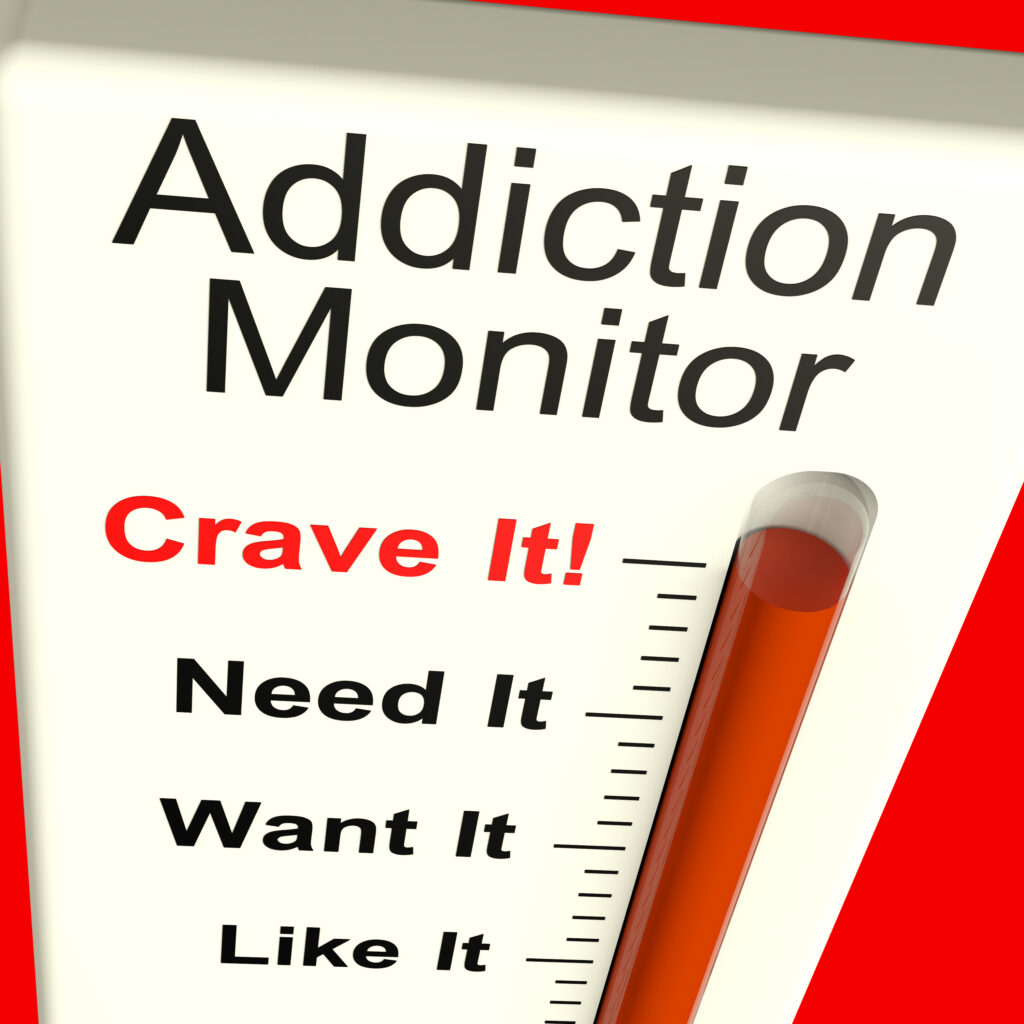We’ve all felt cravings before, some minor and some intense. However none are as intense as when you’re addicted to something, whether it be caffeine, sugar, or drugs. No matter what the substance is, cravings are normal. Hard to ignore, yes, but normal. Opioid cravings in particular are difficult to overcome because your brain chemistry has literally changed to need the drug. However, there are healthy ways to curb these opioid cravings to make them more manageable.
We at Direct2Recovery compiled a few tips for you today. We hope they help.
Learning about Your Opioid Cravings
Firstly, know that your cravings won’t last forever. They may feel intense and have lasted hours, if not days, but they will go away. They often come in waves — they build and swell, and then reach a peak before they begin to wane again. The craving will sustain itself in strength for a time, and then should be less and less with each wave.
Cravings can be developed by anything that makes you feel good. You’re not weak for craving opioids. You’re not weak for craving coffee or your morning run. It’s how your body functions — it wants to feel good. Craving that feeling doesn’t always mean you have a problem. It just means you’re changing your lifestyle for the better, in the case of overcoming your opioid addiction.
Cravings also do not mean there is a problem. The fact that you crave a substance does not mean that you are weak or unable to manage your desires. It just means your system is used to having what you’re denying it. They’re completely normal and are not a cause for concern.
Finally, different people have different experiences with cravings. Some can actually ignore their cravings, while others need specific strategies to avoid temptations. It’s just like drinking coffee — sometimes you can get through the day without it, but other times, the temptation or smells are too enticing to resist, so you change your driving habit or leave the office for fresh air instead of smelling your coworkers freshly brewed cup.
How to Curb Opioid Cravings
There isn’t an exact science to managing cravings, but there is one reliable method: exercising. Exercise reduces cravings because it naturally releases endorphins. It helps you feel better and distracts you from your cravings, because you’re putting in a lot of physical and mental effort into one task.
Don’t jump right into it, though. Start gently so you don’t hurt yourself and develop your muscles and endurance over time. Also take care to not become addicted to exercising as well!
Foods that Help Regulate Cravings
Opioid addiction often leads to dietary issues such as malnourishment. Focusing on good nutrition during recovery helps your body repair itself and can potentially aid in your success for recovery. It can also help curb cravings, as eating well puts you in a routine every day.
Here are some of our tips:
- Eat regular meals and snacks
- Reduce your consumption of simple sugars and high-fat foods
- High-protein and a low-carb diet can help stave off withdrawal symptoms
- Vitamins and nutrients like zinc, calcium, magnesium, and vitamin C (antioxidants) can help regulate cravings
- Maintain your blood sugar to help with fatigue and mood swings
Best Foods for Opioid Addiction Recovery
When choosing foods to help your opioid addiction recovery, just remember that you are bringing your nutrient levels back to normal. This is not only important to your physical well-being, but the food you eat can also improve your emotional, mental and social functioning.
Here are some foods that can help you along the way:
- Water
- Fruits and veggies
- Blueberries
- Kale
- Avocado
- Cabbage
- Broccoli
- Spinach
- Lean meats
- High protein snacks
- Hard boiled eggs,
- Cheese
- Yogurt
- Healthy oils
- Olive oil
- Nuts
- Seeds
- Fish
- Superfoods
- Sweet potatoes
- Cinnamon
- Almonds
- Wheatgrass
Get Support From Others
There is almost nothing stronger than having a stable support system around you. They can help keep you accountable while staying compassionate when difficulties arise. Support can come from others in recovery, family, friends, and professionals such as therapists and counselors.
Therapists trained in substance use also help patients like you learn recovery skills that help you manage these cravings when they happen.
Enter a Medication-Assisted Treatment (MAT) Program
Medication-assisted treatment (MAT) programs involve the combined use of medicine and therapy to reduce opioid use. The medicine you take as part of MAT — Suboxone, Methadone or Buprenorphine — can relieve cravings and withdrawal symptoms. These medications satisfy the brain’s need for opioids without causing euphoria when patients find their therapeutic dose.
When you take your medicine as directed by your doctor, you can have a safer and more effective recovery. MAT programs also include counseling and support groups that help you maintain treatment.Direct2Recovery is an MAT clinic that is dedicated to helping every patient possible. They even offer telemedicine services so you can recover from the comfort of your own home. Contact us today to take back your life from opioid cravings and to learn more.





